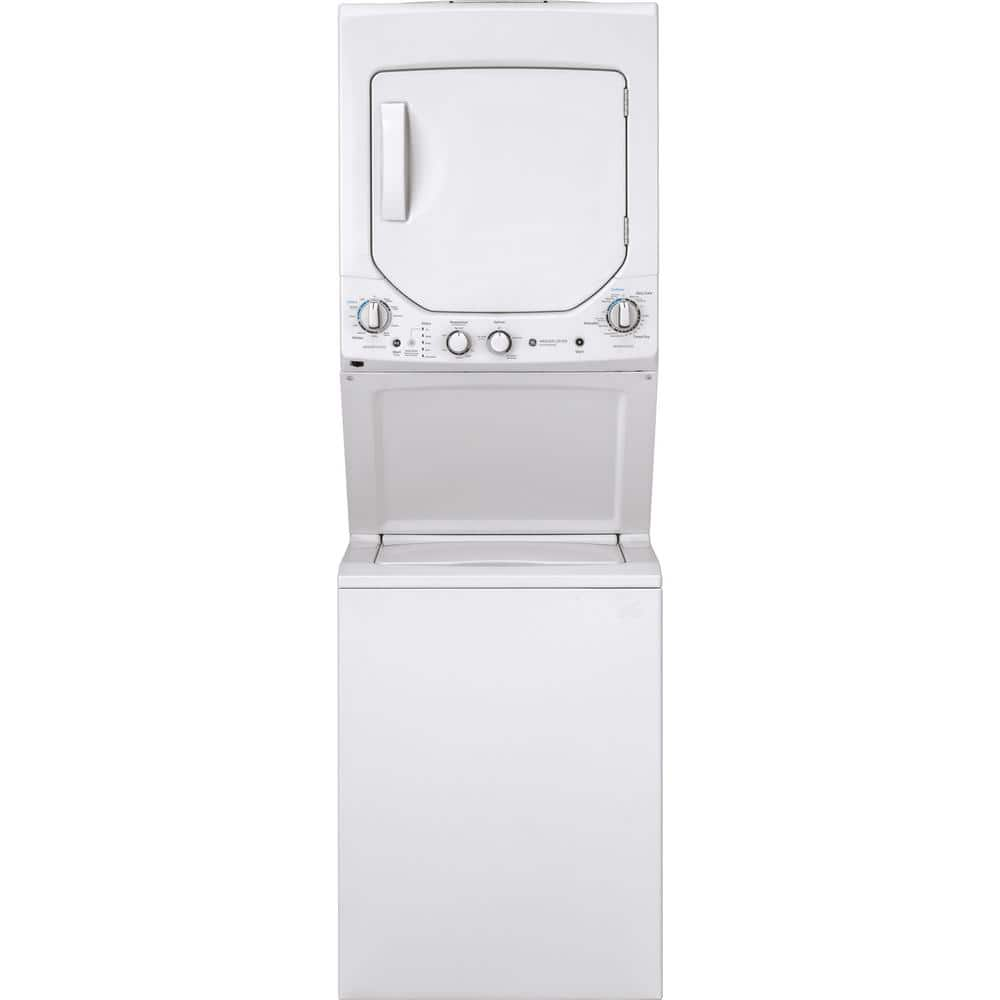This post is the first of a multi-part series on the subject of clothes drying (specifically heat pump dryers), and washing machines that go with them.
When I first started looking for an RV, nearly two decades ago, I knew I wanted laundry facilities on-board. There are too many places where you might want to stay a while without an on-site (or nearby) laundromat, and I’d much rather spend time sightseeing than waiting for someone to clear out a washing machine.
At the time, there were basically only 2 options to consider: an apartment-style “laundry center” with a small top-loading washer attached to a small vented electric or propane tumble dryer, and an all-in-one washer-dryer combo, available either vented or ventless. My first RV had a vented all-in-one combo in it.
In both cases, we’re talking about “compact” laundry appliances–nominally 24-inch widths, not the 27-inch form factor most people have in traditional homes. The main reason for that isn’t so much width as it is depth–with 27-inch form factors, you’re typically needing well over 30″ of depth to accommodate the appliance and all of the connections on its backside. That may work in some RVs, but not most.
The Laundry Center
Back in 2006, the only laundry centers on the market had conventional top-load washers with about a 1.6 cubic foot capacity. They operated with a center agitator, filling the wash tub at least twice per load. Since we don’t normally think about our holding tanks in cubic feet, that’s about 24 gallons–quite a bit if you’re trying to manage without water or sewer hookups. In fact, many RVs were (and still are) plumbed so that the washer fed directly to the sewer connection, bypassing the tank drain valves in the hopes of avoiding a mess if you start a load of laundry with tanks that don’t have enough room for that water. If you needed to wash clothes in hot water, well, think about the size of your water heater’s tank (most are only 6 gallons).

What these laundry centers lacked in washing efficiency though, they made up for with the availability of gas dryers. Most RVers with laundry on board don’t want to be limited to 50A hookups to do laundry, so a 120V conventional electric dryer is either going to be slow or rely on combustion for heat. Grey Ghost has the latter–a laundry center with a propane-heated dryer.
The Washer-Dryer Combo
The other major player, dominated by the Italian Splendide brand at the time, was the all-in-one washer-dryer combo. These things sounded appealing–toss in a load of dirty clothes, and the machine washes them and dries them without you having to transfer wet clothes from one drum to another.

They were available in two forms–vented and ventless. The drying function on vented models worked just like the conventional electric dryer that’s been around for decades–albeit slower, since they run on a 15-amp 120V circuit (maximum continuous power 1440W) instead of the 30-amp 240V circuit you’d find at home (5,760W maximum continuous power, though most are less than 5kW).
Ventless models used a condensing dryer, recirculating air in the dryer with a combination of heating elements and water to get the clothes dry without an exhaust duct (more on the physics of drying later). If you thought the vented version was slow, these were slower and used a few gallons of your precious fresh water. Ventless models were popular when retrofitting laundry into an RV that left the factory without; otherwise, if you could make a vented dryer work there was no appeal to the ventless version.
Of course, as front-loading washers, these were dramatically more efficient when it came to water usage, using only single-digit gallons per load. They also spun clothes at a higher speed, meaning less water to evaporate during the drying cycle. Where I was perhaps most disappointed wasn’t in the cycle time, but in the fact that the spin cycle basically plasters the wet clothes to the walls of the drum, and the drying cycle basically ironed them in that configuration–you really needed to intervene between washing and drying to get the clothes to tumble dry.
Nearly two decades later…
The application of old technology to new applications can sometimes upset longstanding perceptions of certain appliances. I think most readers are somewhat familiar with the differences between front and top-loading washers, while far fewer are familiar with the science of how clothes get dry. The next post will be a little more science-y, covering what we’re trying to accomplish (i.e. dry clothes), and how we can go about getting there with a little bit more modern technology.
Dirty Laundry, Part 2: What is a Heat Pump Dryer?
Dirty Laundry, Part 3: Will a Heat Pump Dryer work for you?